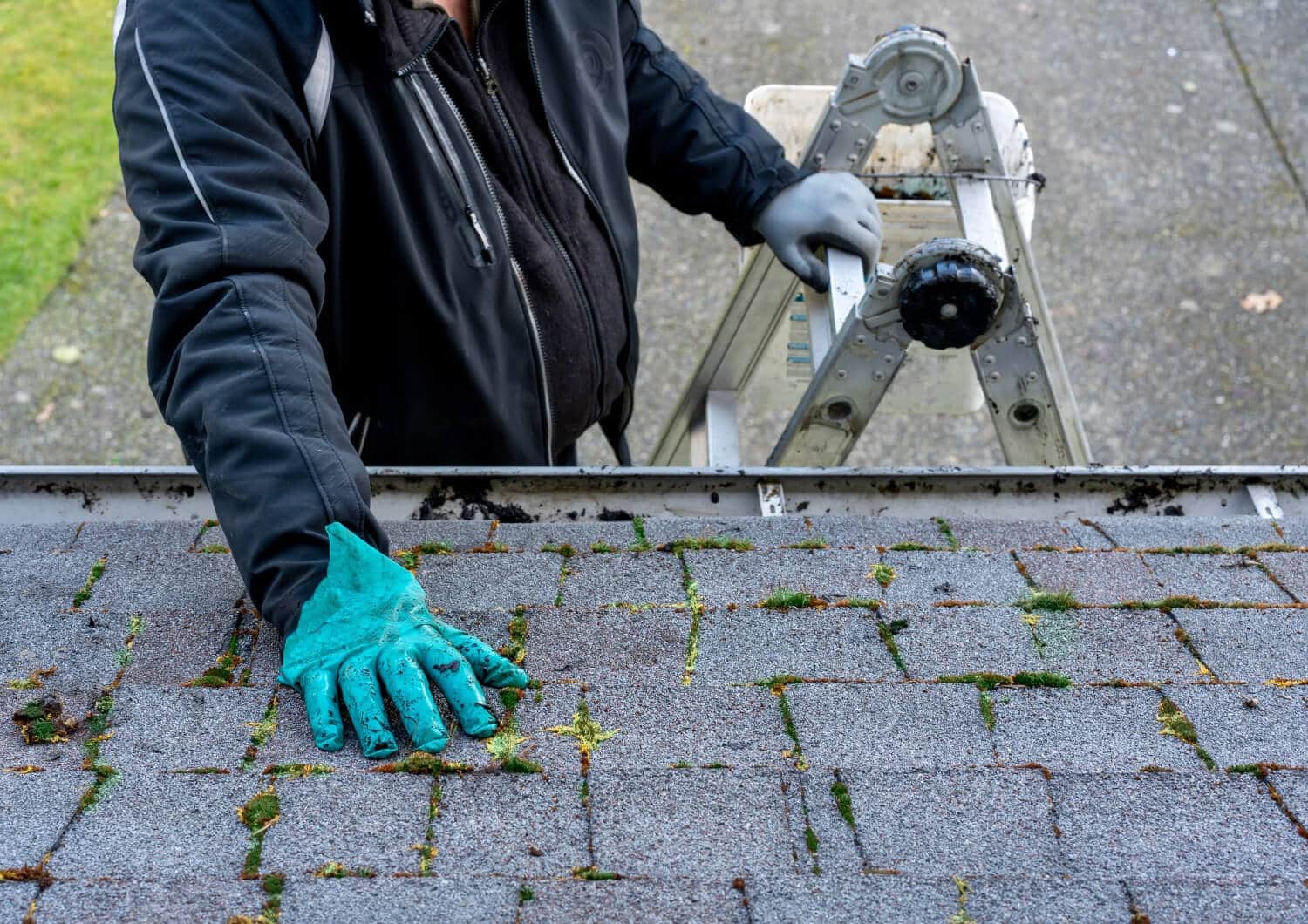It can be difficult to determine when a specific roof needs to be inspected due to their unique differences. However, guidelines and recommendations have been developed over the years to help. By being aware of these, you can better maintain the quality of your roof and know when it requires a professional inspection. To find out, learn how often your roof should be inspected and the factors that greatly impact it.
What factors impact your roof?
Your roof’s quality and stability are influenced by several factors, particularly the weather. Rain, hail, snow, and sun exposure are the most significant factors, each affecting your roof’s quality and stability differently. It is common for shingles on a roof to absorb moisture during significant rain. This can weaken the shingles and cause them to fall off. Alternatively, excessive rain can cause shingles to rot, leading to slower degradation or mold formation. Mold is particularly damaging as it can affect not only the shingle but the entire roof. The sun’s rays can have a long-term impact on your roof’s health. Over time, the roofing material expands when exposed to sunlight and contracts at night. This gradual process can weaken the roof and cause issues like cracks and leaks.
How to inspect your roof on your own.
A professional inspection is more often than not better than a do-it-yourself inspection because it is more comprehensive and covers all areas of the roof. However, if a professional inspection is not possible, a do-it-yourself inspection can still be helpful. If you want to check your roof by yourself, there are several factors you need to consider for assessing its current quality and stability. However, keep in mind that this self-inspection cannot replace a professional one. Thus, if you suspect any issues with your roof, it’s better to hire a professional for help. Please inspect the shingles or other roofing material on your roof for any signs of damage such as broken pieces or missing pieces. Also check for dents or cracks in the shingles. Ensure that all materials are present and undamaged. After examining your roof’s surface, it’s important to inspect your gutters. Ensure that they are strong and check for any signs of looseness or rust. Additionally, examine the contents of your gutters for any shingle granules, as this can indicate that your roof’s shingles are deteriorating. Make sure to remove any debris, such as moss, from your roof or gutter before concluding the process. In case your gutter has gunk or debris, clean it and check if it has caused any harm. By following those steps, you will have completed a basic DIY inspection. If there are any particular areas you wish to inspect while doing so, feel free to do it. Keep in mind, however, that this inspection is a basic one and cannot substitute a professional inspection.
How often should I have my roof inspected?
To prevent major issues, make sure to have your roof inspected twice a year. If you experienced severe weather conditions like a snowstorm, it’s better to have the inspection done promptly. It’s best to have your roof inspected twice a year to prevent and identify any significant problems. However, if you encounter noticeable damage or extreme weather conditions, it’s crucial to get your roof inspected as soon as possible.



